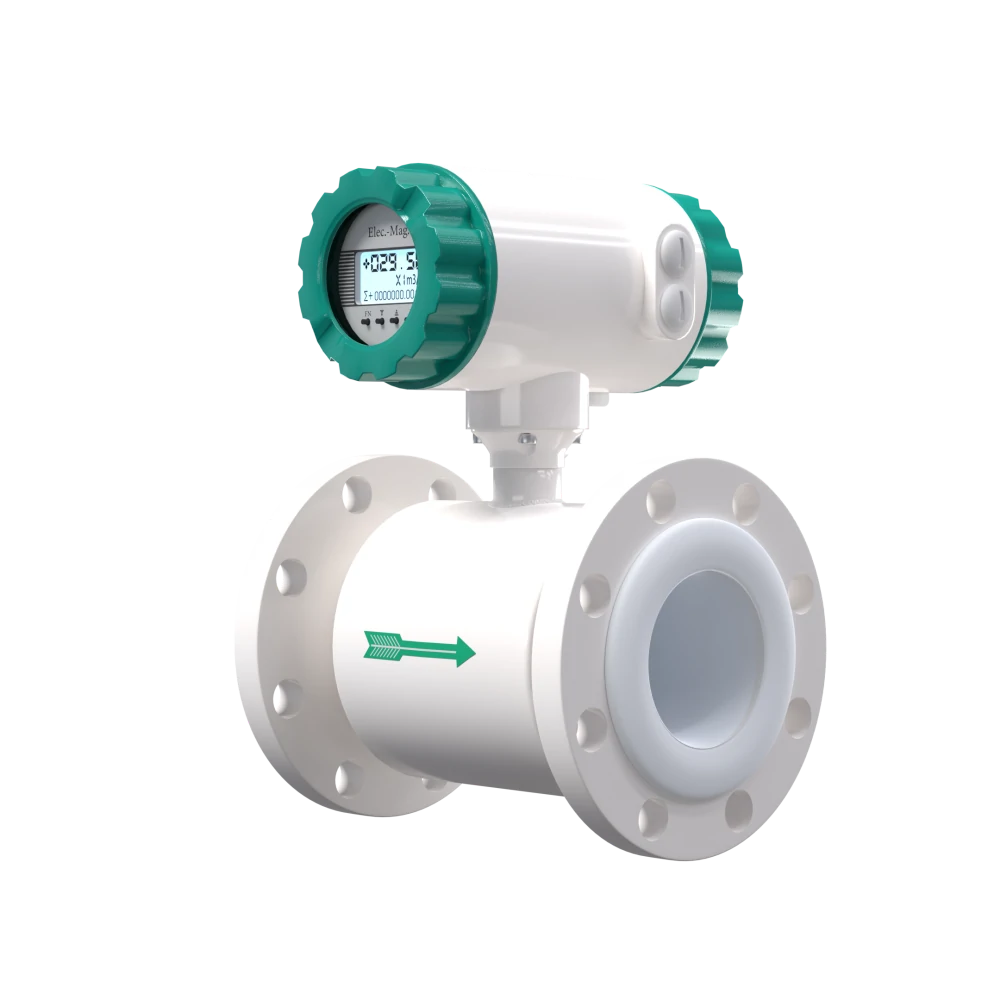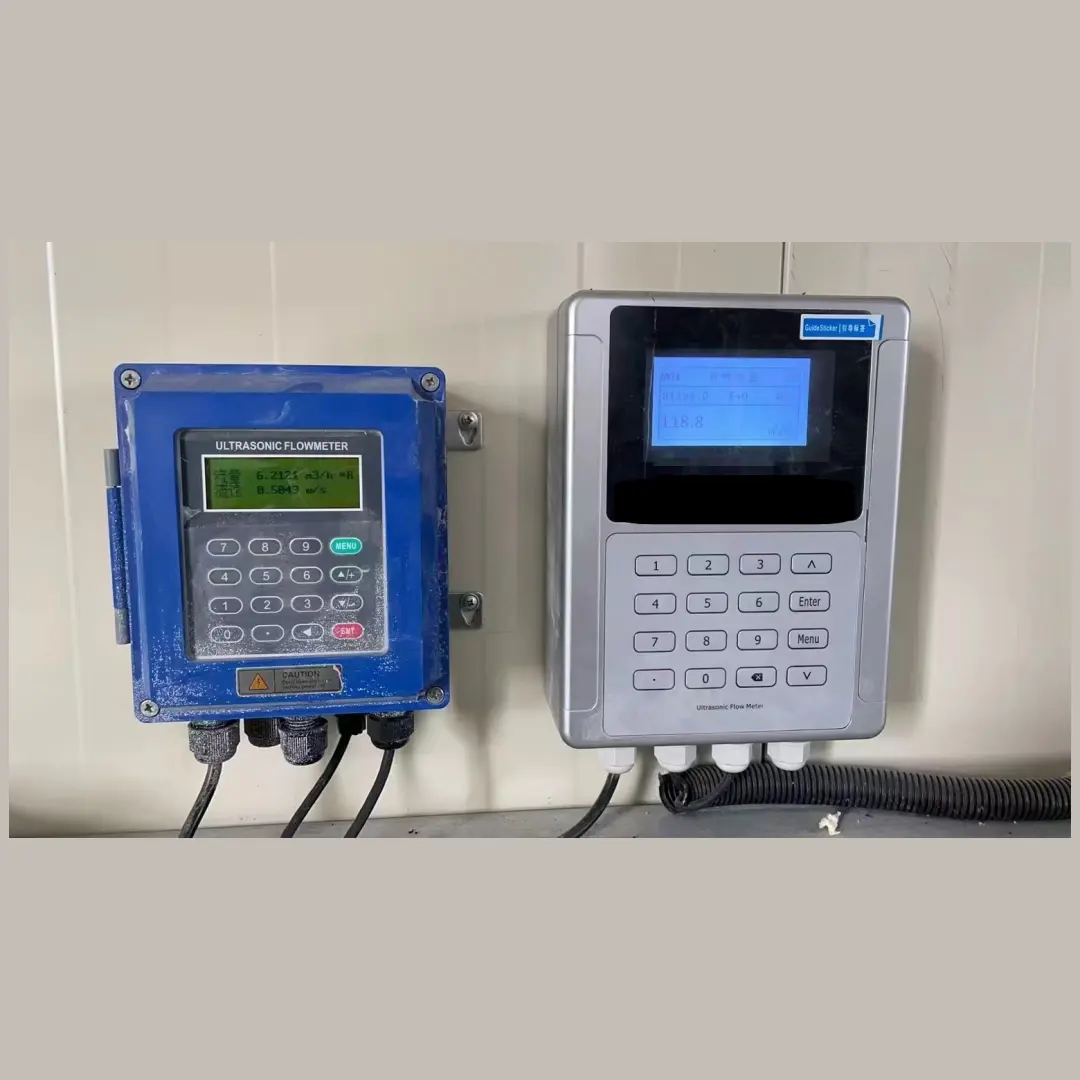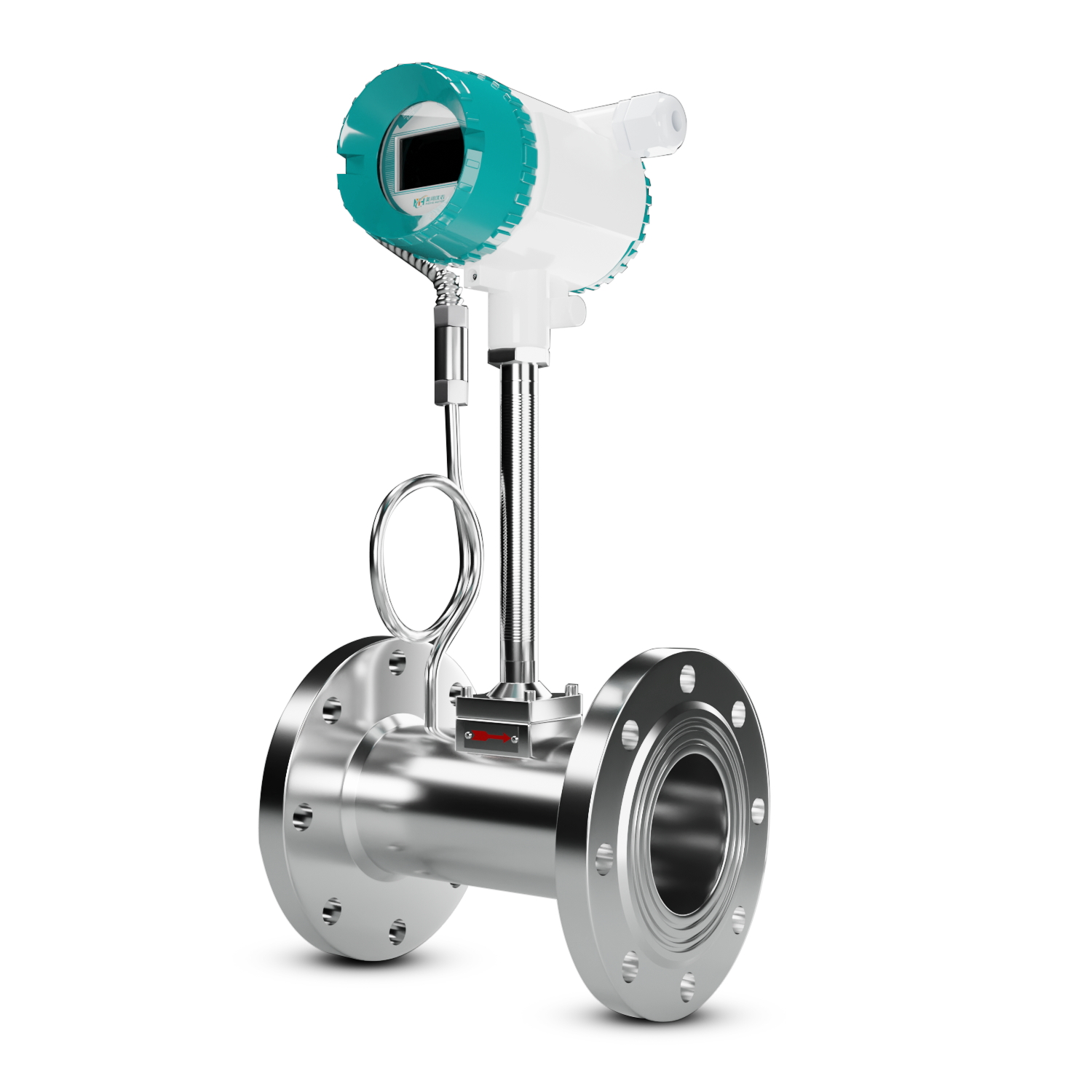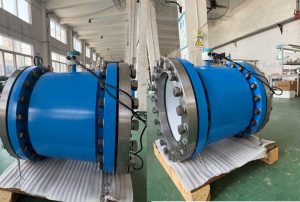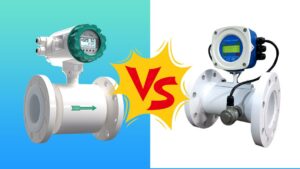Water is one of the most valuable resources on earth, and accurate measurement of its flow is essential for industries, municipalities, and even households. Whether it’s monitoring water supply networks, managing wastewater treatment plants, or optimizing industrial processes, a flowmeter for water plays a critical role. However, with so many types of flowmeters available on the market, choosing the right one can feel overwhelming.
In this article, we’ll dive deep into what makes a flowmeter suitable for water applications, the key factors you should consider, and the five most important things you must know before making your decision.
1. What Is a Flowmeter for Water?
A flowmeter for water is a device that measures the volume or mass of water moving through a pipeline over a given period. Depending on the technology, it can measure velocity, pressure differences, or electromagnetic induction to calculate flow.
These instruments are widely used in:
-
Municipal water supply and distribution
-
Wastewater treatment plants
-
Industrial water management
-
Agricultural irrigation systems
-
Domestic water monitoring
By ensuring precise measurement, flowmeters help reduce water waste, improve billing accuracy, and support sustainability efforts.
2. Why Accuracy in Water Measurement Matters
Inaccurate water flow measurement can have serious consequences:
-
Overbilling or underbilling in utilities.
-
Operational inefficiency in industries relying on precise water use.
-
Environmental impact due to unmonitored leaks or losses.
-
Inconsistent data for water resource planning.
3. Common Types of Water Flowmeters
Choosing the right flowmeter starts with understanding the available options. Here are the most common types:
Electromagnetic Flowmeters (Magmeters)
-
Work on the principle of electromagnetic induction.
-
Ideal for dirty or clean conductive water.
-
Pros: High accuracy, no moving parts, suitable for large pipes.
-
Cons: Require electrical power, only for conductive fluids.
Ultrasonic Flowmeters
-
Use sound waves to measure water velocity.
-
Available in transit-time (clean water) and Doppler (dirty water) types.
-
Pros: Non-intrusive, can be clamp-on, minimal maintenance.
-
Cons: Sensitive to bubbles and installation conditions.
Turbine Flowmeters
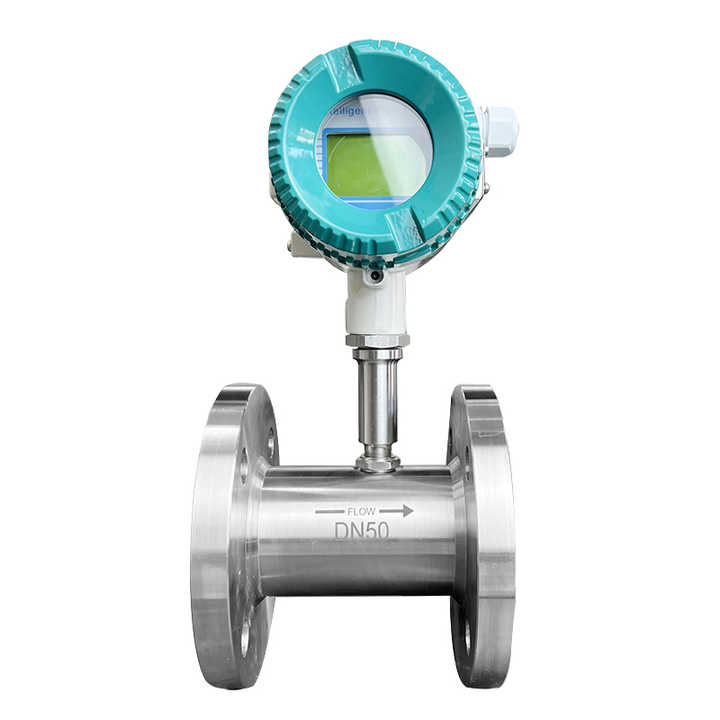
-
Measure flow using a rotating turbine inside the pipe.
-
Pros: High accuracy for clean water, cost-effective.
-
Cons: Not suitable for dirty or corrosive water, mechanical wear over time.
Vortex Flowmeters
-
Detect vortices created by an obstruction in the water stream.
-
Pros: Robust, reliable, good for a wide range of water conditions.
-
Cons: May struggle with very low flow rates.
Positive Displacement Flowmeters
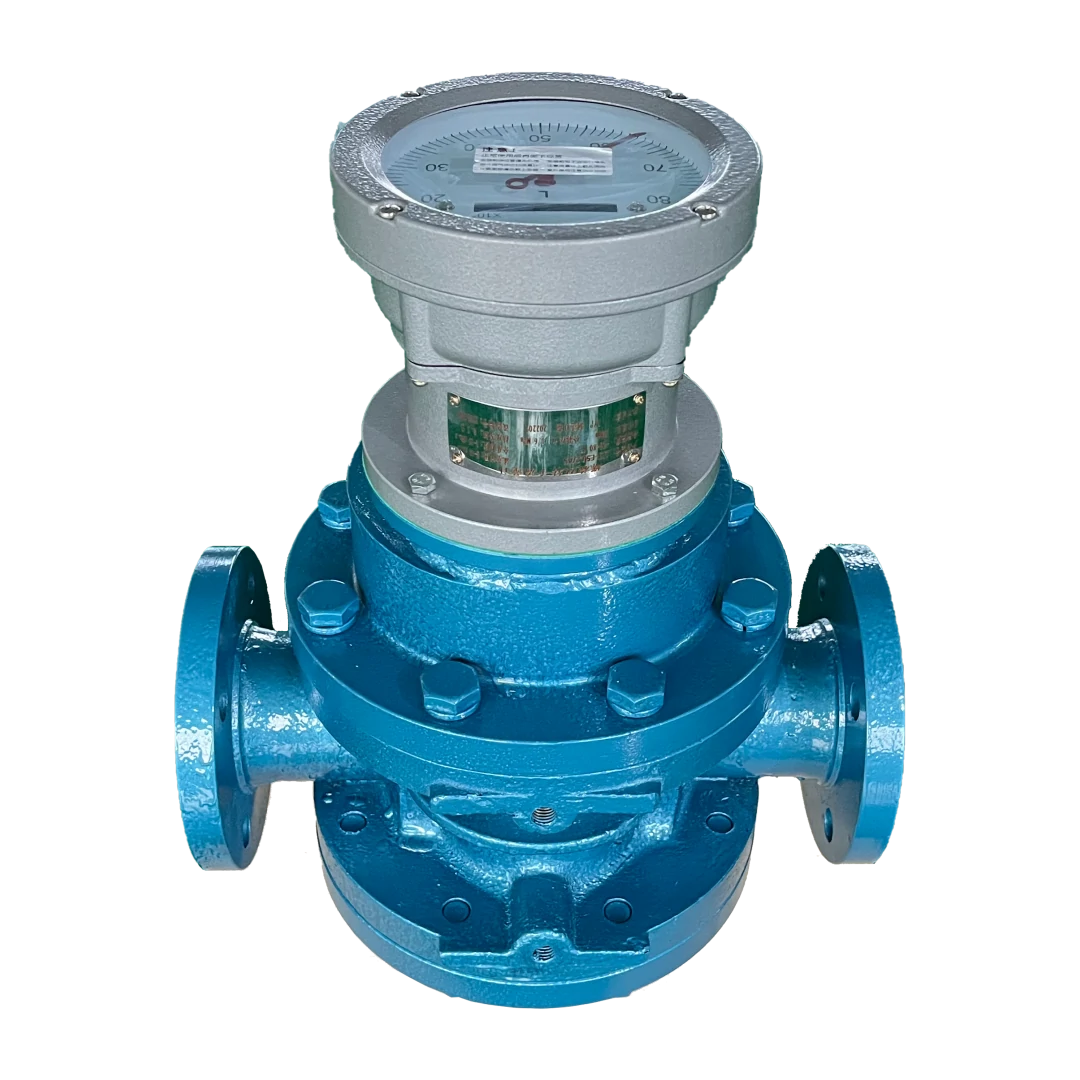
-
Trap a known volume of water and count cycles.
-
Pros: Highly accurate, common in domestic water meters.
-
Cons: Mechanical parts wear out, higher maintenance.
4. Five Key Things You Need to Know Before Choosing a Flowmeter
When selecting the right water flowmeter, there are five critical factors to consider:
1. Type of Water Being Measured
Is the water clean, dirty, or mixed with chemicals? For example:
-
Clean water → Turbine or transit-time ultrasonic.
-
Dirty water → Electromagnetic or Doppler ultrasonic.
-
Domestic billing → Positive displacement.
2. Accuracy Requirements
Industries often require ±0.2% to ±0.5% accuracy, while irrigation systems may accept a wider range. If precise billing or regulatory compliance is involved, accuracy is non-negotiable.
3. Pipe Size and Installation Conditions
Some flowmeters require long straight pipe runs before and after the meter for accurate measurement. Others, like clamp-on ultrasonic meters, can be installed without modifying the pipeline.
4. Maintenance and Lifespan
-
Mechanical meters (like turbine or displacement types) may wear out faster.
-
Non-intrusive options (like ultrasonic) have minimal maintenance.
-
Magmeters typically have long lifespans with stable accuracy.
5. Budget and Total Cost of Ownership
While a turbine meter may cost less initially, it could require more frequent replacement. A magmeter or ultrasonic flowmeter might be more expensive upfront but save money in the long run.
Which is More Cost-Effective, the Electromagnetic Flowmeter or the Turbine Flowmeter?
5. Applications of Flowmeters in Water Management
Flowmeters are used in diverse industries and contexts, including:
-
Municipal water distribution: Ensuring fair billing and leak detection.
-
Wastewater treatment plants: Monitoring inflow and discharge compliance.
-
Agriculture: Optimizing irrigation efficiency.
-
Industrial processes: Managing cooling water, steam systems, and chemical mixing.
-
Environmental monitoring: Tracking river and stream flow rates.
6. How to Ensure Proper Flowmeter Installation
A flowmeter is only as good as its installation. Key tips include:
-
Place the flowmeter away from pumps, elbows, or valves that cause turbulence.
-
Ensure the pipe is always full of water to avoid false readings.
-
Calibrate regularly if high accuracy is required.
-
Follow manufacturer recommendations for straight pipe lengths.
7. Smart Flowmeters and Digital Integration
Modern water flowmeters are no longer just mechanical devices. Many come with digital integration, including:
-
Remote monitoring via IoT connectivity.
-
Data logging for trend analysis.
-
Leak detection alerts to prevent water loss.
-
Integration with SCADA systems in industries and utilities.
These advancements help companies and municipalities make data-driven decisions, reduce water loss, and improve efficiency.
8. Common Mistakes to Avoid When Choosing a Flowmeter
-
Choosing a flowmeter based only on price, not long-term value.
-
Installing a turbine flowmeter in dirty water pipelines.
-
Ignoring pipe diameter and flow profile requirements.
-
Overlooking calibration needs.
-
Forgetting about maintenance accessibility.
9. Future Trends in Water Flow Measurement
As water scarcity becomes a global challenge, flowmeters are evolving. Future trends include:
-
AI-powered predictive analytics for water usage.
-
Smart city integration for real-time water network management.
-
Sustainable materials for eco-friendly flowmeters.
-
More portable and clamp-on designs for flexible use.
10. Choosing Between Different Flowmeter Brands
Not all flowmeters are created equal. When comparing brands, consider:
-
Reputation and customer reviews.
-
After-sales support and calibration services.
-
Warranty and expected lifespan.
-
Availability of spare parts.
It’s often better to invest in a well-known brand with strong technical support than risk downtime with an unproven supplier.
We are a manufacturer of automatic flow meters with many years of experience in the industry. We have strong independent research and development capabilities and are a leader in the flow meter industry. Our main products include electromagnetic flow meters, vortex flow meters, turbine flow meters, ultrasonic flow meters, Coriolis flow meters, various solenoid valves, level meters, control units and valves, etc. Welcome to purchase –KFBEST
Conclusion
Selecting the right flowmeter for water is not just about choosing a device—it’s about ensuring accuracy, reliability, and long-term cost-effectiveness. By considering the type of water, accuracy needs, installation conditions, maintenance requirements, and budget, you can make an informed decision that meets your specific application.
Whether you’re a utility provider, an industrial operator, or an agricultural manager, the right flowmeter will help you save water, reduce costs, and improve efficiency. In a world where water is becoming increasingly scarce, investing in the right flow measurement technology is one of the smartest decisions you can make.

